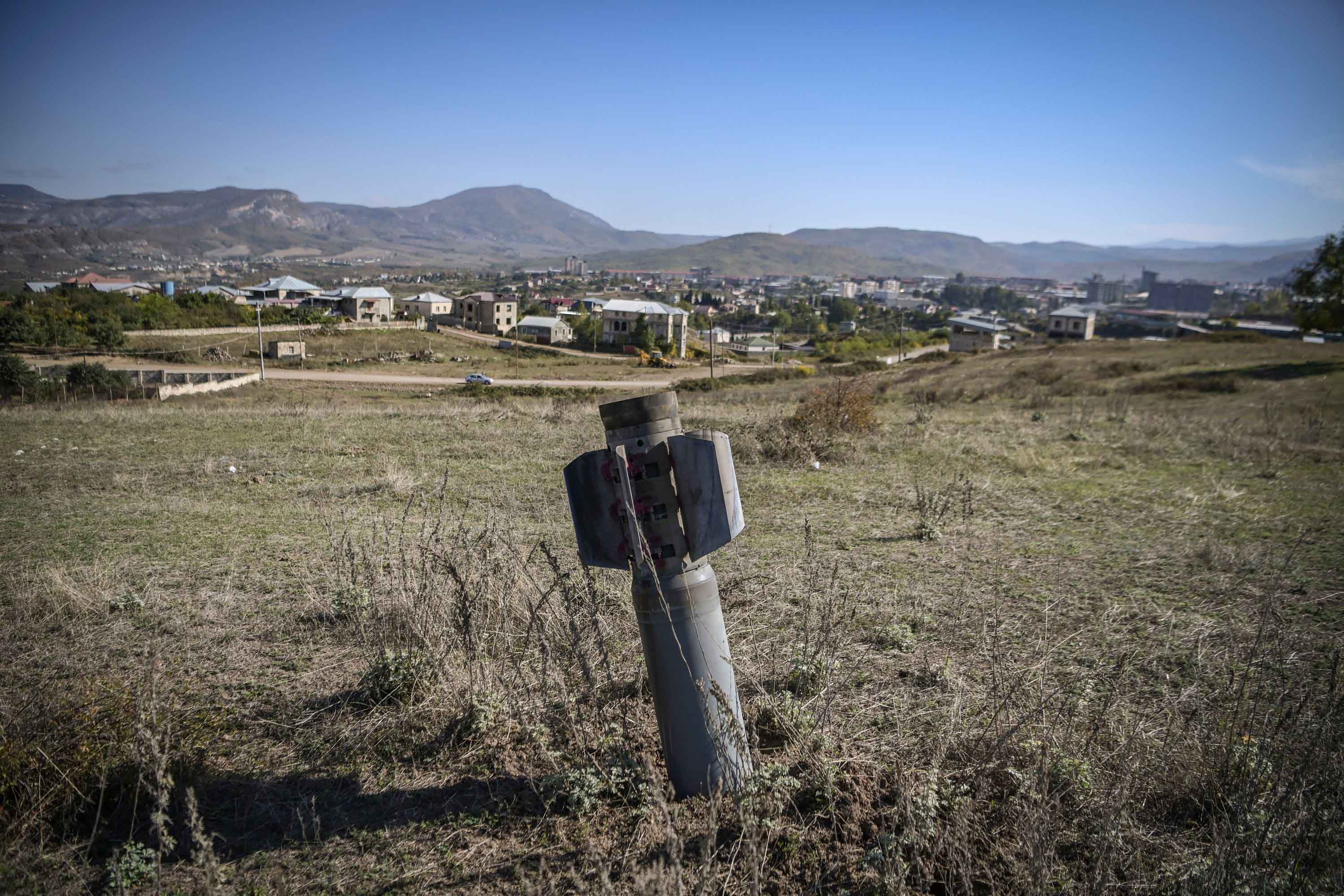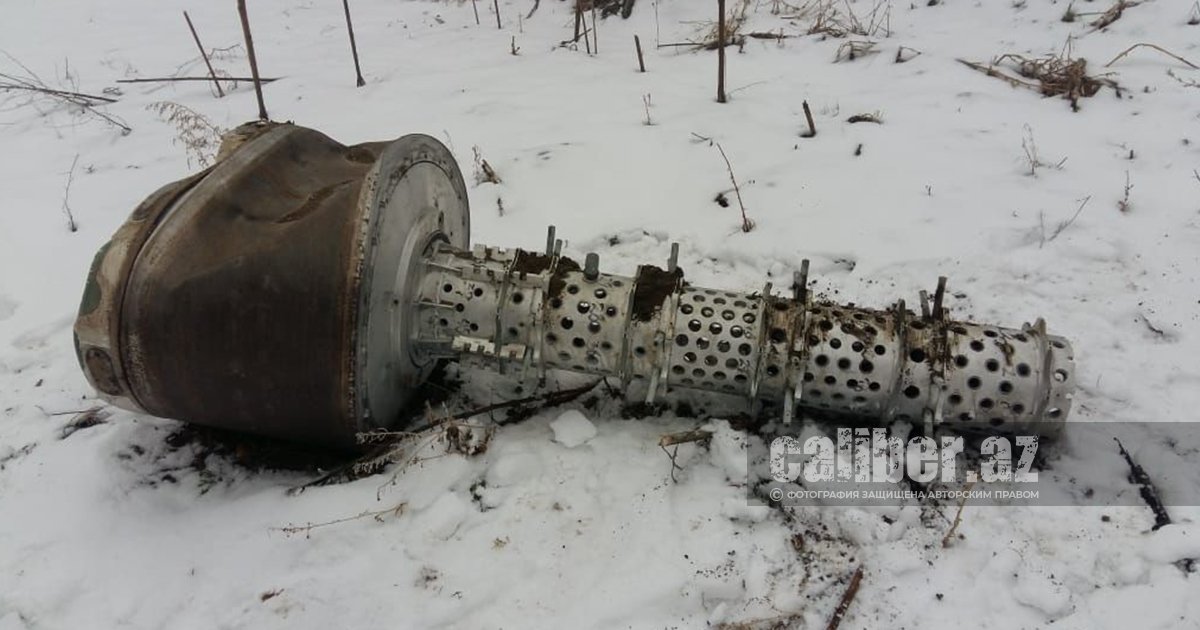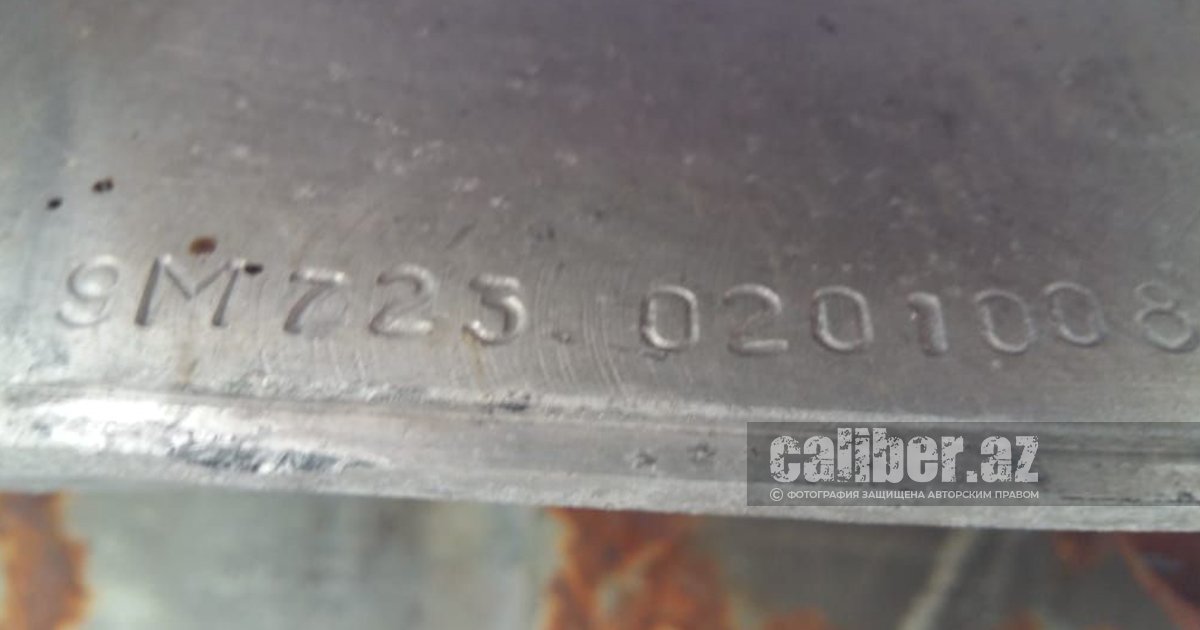Whenever I read the Ancient lands argument from european people, I'm like well you best fuck off out of north America, South America, Africa, Asia and Australia if that mattersArmenia uses ancient history as a weapon also the name the first christian state in history (debatable) gives them a sense of entitlement.
Armenians support terrorism call for races to be exterminated while at the same time they play as the victims.
What is the point in being a christian when they lie and murder about it?? Doesnt the bible say not to lie??
Latest Thread
You are using an out of date browser. It may not display this or other websites correctly.
You should upgrade or use an alternative browser.
You should upgrade or use an alternative browser.
Azerbaijan Armenia Tensions
- Thread starter Agha Sher
- Start date
Whenever I read the Ancient lands argument from european people, I'm like well you best fuck off out of north America, South America, Africa, Asia and Australia if that matters
History has always been about conquering and settlements. Armenians cry because they got squashed by nearly everybody that came into the region.
The only thing they can do is screech about lost lands.
Armenian history is all about sucking up to the strongest empire thats how they survived this long nothing to do with hard work or determination but acting like snakes.
Last edited:
Azerbaijani President Ilham Aliyev visited Shusha, which was liberated from the Armenian occupation. His wife Mihriban Aliyeva and daughter Leyla Aliyeva were also present during the visit.


1-''key weapon systems'' is a kind of blur statement what exactly is ''key weapon systems'' They already had pantsir, tor and S 300 almost offical rumor is that Russian EW systems were in action as well. A well established air defence web is not a very easy task for Armania anyway.They don't have to be the most cutting edge nation like Singapore or the UAE. Just keep the officer corps competent and only buy key weapon systems specifically design to counter their potential adversary (Like the Azeri drones). Any competent government would have gone on a defense spending spree after the Armenian lost the 2016 border skirmish. That and not using soviet tactics to fight in a modern war. Again this what I like about the Azeri they pretty much makes the Russian Caucasus exercise a complete waste of time and resources.
Point is you don't have to be rich to have an effective armed forces.
2-Aboulishing soviet tactics is not realy easy for Armenia for instance most of the high ranks in Azeri army were graduated from Turkish militray schools and Azeri amry went trough extensive traing with Turkish army for years and this is the main reason for the transformation in Azeri army.
3- Turhish drones are in a state of constant evolution and improvment in regard to types, EO systems, weopans... etc
Last edited:
reashot_xigwin
Active member
1-''key weapon systems'' is a kind of blur statement what exactly is ''key weapon systems'' They already had pantsir, tor and S 300 almost offical rumor is that Russian EW systems were in action as well. A well established air defence web is not a very easy task for Armania anyway.
2-Aboulishing soviet tactics is not realy easy for Armenia for instance most of the high ranks in Azeri army were graduated from Turkish militray schools and Azeri amry went trough extensive traing with Turkish army for years and this is the main reason for the transformation in Azeri army.
3- Turhish drones are in a state of constant evolution and improvment in regard to types, EO systems, weopans... etc
What weapons they have they are either russian made junks or they didn't use them properly during the last war. S-300 and Repellent was shown to be ineffective and blown from the skies early on. While the Azeri have access to some of the world's finest weapons from the west and the training while still leaves lot to be desired are still better than what the armenians have.
Yet while drones played a large role in this conflict, their capabilities ought not be exaggerated. These platforms are very vulnerable to air defenses that are designed to counter them—defenses Armenia did not have in adequate numbers. The bulk of Armenia’s air defenses consisted of obsolete Soviet-era systems, like the 2K11 Krug, 9K33 Osa, 2K12 Kub, and 9K35 Strela-10. TB2s flew too high for these systems to intercept even if they were able to detect these relatively small aircraft. Russian-supplied Polye-21 electronic warfare systems disrupted Azerbaijani drone operations but only for four days. Armenia’s Buk and Tor-M2KM air defenses likely downed a few drones, but they were deployed late in the conflict, limited in number, and vulnerable to attack themselves. Armenia’s larger air defenses like the S-300 are not designed for counter-UAV missions and were targeted early in the conflict by Azerbaijani loitering munitions. According to Azerbaijan’s president, Ilham Aliyev, Azerbaijani forces destroyed seven S-300 transporter erector launchers, two guidance stations, and one radar. These strikes further illustrate the vulnerability of advanced air defense systems, even if these numbers are exaggerated or the systems were not completely destroyed.

The Air and Missile War in Nagorno-Karabakh: Lessons for the Future of Strike and Defense
The combined use of drones, artillery, and missiles in the Armenian-Azerbaijani conflict in Nagorno-Karabakh offers critical insight into the conduct of future wars.
Ghost soldier
Хижак
Large Scale Exercise
The most interesting part is where azeri XTQ are simulating sabotage and capture of an S-300 SAM site
Preparing for war is all fine, but we need social engineering tactics. Look at Russia and what they’re doing in Crimea. Azerbaycan needs to build massive bordergates with Azerbaycan officials. Make Peacekeeping easier by preventing any armenian crossing.
Ghost soldier
Хижак
Video footage reflecting the destruction of enemy’s military vehicles and manpower by the precise fire of the rocket-artillery and anti-tank units of the Azerbaijan Army during the Patriotic War
Contact ROKETSAN they should make a NLOS version of OMTAS.
I remember when the footage of that convoy came out, Armenians were wondering how Azerbaijan managed to capture entire convoy of equipment without any bullet holes in the vehicles or Armenian bodies, turns out they all ran away lmao
Armenians now fully admit if it wasnt for Russia that they were going to be fully crushed by Azerbaijan.
Still cant admit that Azerbaijan crushed them and are changing it to Turkiye did all of it to save face.
Turkey supported and backed Azerbaijan nothing else we did not send troops or even fight the Armenians. Armenians are just trying to save face.





СРОЧНО: Армения все же использовала против Азербайджана ракеты «Искандер» - ФОТО | Caliber.Az
«В период Отечественной войны Армения использовала против Азербайджана ракеты «Искандер». Об этом в интервью Caliber.az заявил представитель...
Remnants of Iskander missile (which according to Russian MoD were not used in the conflict













